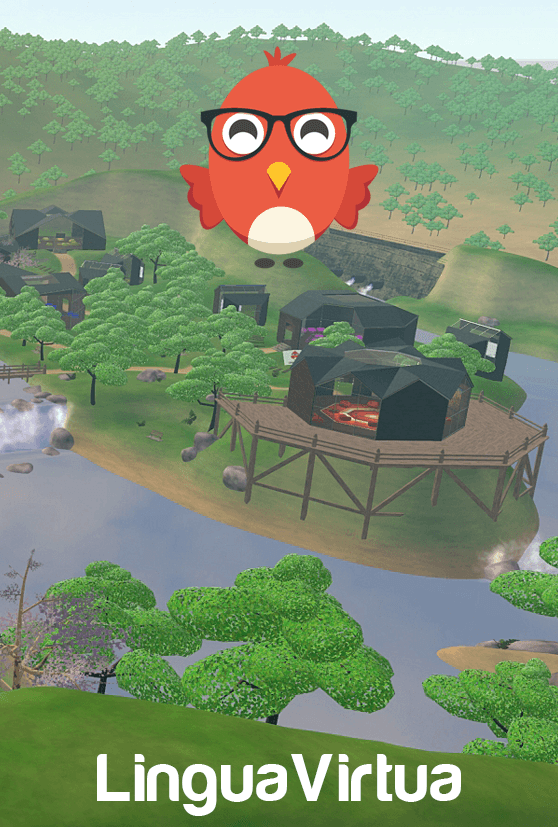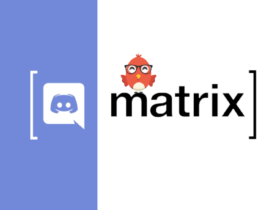Natural language processing (NLP) is a component of Artificial Intelligence (AI). It allows computers to read, understand, and respond in natural human language. NLP draws from linguistics, computer science, computational linguistics, machine learning, deep learning, etc. The goal of this study is to bridge the gap between human and computer communication.
What Is Natural Language?
Natural language is what we use to communicate every day. It is a large, complex, ever-evolving body of knowledge that humans developed over hundreds of years. Linguists have attempted to organize natural tongues, but they resist scientific organization because there are few definite rules. Every generation comes up with its way of speaking, and the meanings of words can change over time.
There are thousands of languages. Each language has several dialects, and most dialects have sub-groups with unique characteristics. People have been studying this field for over 50 years, but we’ve only started to see some progress recently.
Natural Language Processing
Humans use words to communicate. Computers use binary code that involves a series of ones and zeros. Around 50 years ago, computer programmers could only communicate with devices using binary code. Every command required a series of numbers, which made it difficult for people to use computers.
Today, you can say “OK, Google – wake me up at 6.” Google’s AI Assistant won’t just understand but will also follow the instruction by setting the alarm for 6 AM. Such sophisticated communication is possible due to a combination of machine learning, deep learning, big data, and development in computer linguistics.
How Does It Work?
NLP involves many different techniques for interpreting human language. Programs draw information from statistical data and use machine learning principles while also exploring logical or algorithmic approaches. A diverse approach allows applications to detect language, understand semantic relationships, detect mood or sentiment, tag parts of speech, parse context, and so much more.
Most NLP systems break down complex sentences into shorter pieces for processing. They explore the relationship between shorter pieces to understand the context before taking action. For example, when you say “OK Google – wake me up in 90 minutes,” the AI takes several steps.
“OK, Google” captures its attention so that it is ready for instructions. “Wake me up” is a command, which an NLP connects to setting the alarm. “In 90 minutes” prompts the system to set the alarm precisely 90 minutes after you make the request.
Complex tasks include content categorization, topic discovery, and contextual extraction. Some of the other functions are sentiment analysis, machine translation, speech-to-text, text-to-speech, and document summarization.
Examples of NLP in Everyday Applications
Smart devices regularly rely on NLP for everyday tasks. A person can dictate a shopping list, ask search engines a few questions, ask their device to call someone, and so much more. Google Books also has a “Read Aloud” function that can read an entire book out in relatively natural speech with few errors.
A brief glimpse into your email spam folder will also show NLP at work. Spam mails are identified based on their headlines by an NLP program. All of these are the fantastic ways in which Natural Language Processing has changed the way we use technology.



























Leave a Reply